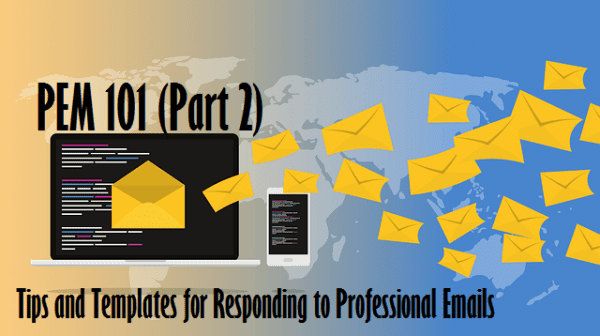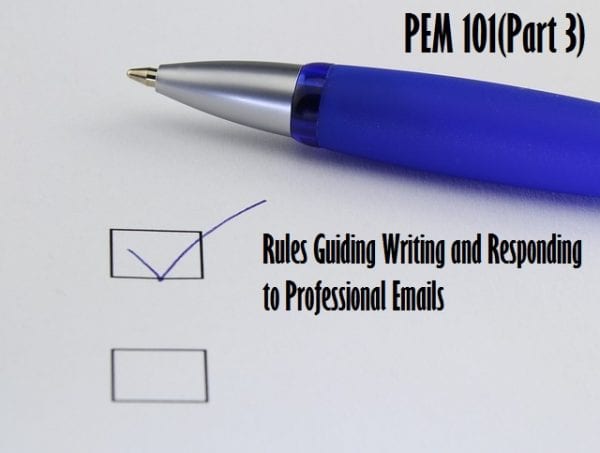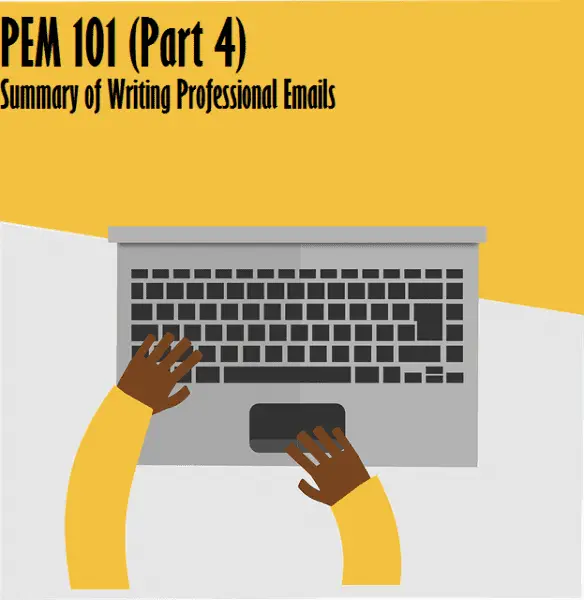Do you send sales follow-up emails? Studies show that it takes as much as five contacts before a prospect makes a purchase decision. This is consistent with the consumer behavior theory that consumers go through several stages before making the decision to purchase a product. It is your responsibility as a salesperson to professionally stir the client towards a purchase decision without being overly pushy and completely putting the client off. You can achieve this using sales follow-up emails creatively.
Salespeople have to find the balance between spending too much time following up with a particular client/lead and abandoning a potential sale prematurely. This balance can be achieved by using smart sales follow-up email strategies that can be easily scaled for use with several prospects/clients. Strategies that communicate the value of your product or service and position you as an authority in your specific area.
Quick Tips for Sales Follow Up Emails
Here are some best practices to incorporate in your sales follow up emails to gain the necessary recognition for your product/service:
1. Make Communications Frequent But Valuable
If too much time passes between contact and sales follow-up or between follow-ups, the chances are that the client’s attention and resources may be captured by another product/service. It is, therefore, best practice to communicate frequently.
Follow-up communication that just reminds the client of the initial meeting or inquires about the client making a purchase only works effectively immediately after the initial meeting. If the sale isn’t closed at this point, sending such emails constantly is counterproductive. Rather use your sales follow-up emails as further customer enlightenment and a marketing opportunity for your organization by sending informative articles, news updates, and product information.
A great way to keep the engagement with clients ongoing effortlessly is to plan and schedule your communications ahead of time. There are several email management applications available that allow you to create and schedule emails ahead of time. By outlining how many times you wish to make contact every week, the purpose of each contact, and the content, you are well on your way to following up like a professional using sales follow-up emails.
2. Make Emails Relevant
The primary objective of a sales follow up is to get the sale! Therefore, all communication must be relevant in stirring the client towards the purchase decision. The content of your follow up messages must be consistent in their focus. For example, receiving an email from a health product sales person about the latest fashion trend in summer is irrelevant, if there is no angle which ties your product in, no matter how well written. An article about some of the health risks the summer weather poses and how the specific product you offer can help mitigate such risks is a far more effective article in stirring the client towards a purchase decision.
Keeping content client specific/relevant is also particularly important if your organization offers more than one product. Clients should receive follow up relevant to the product they have indicated interest in except in cases where the objective is to cross sell similar or equally beneficial products.
Follow up emails are most effective when personalized to specific client needs and requirements. This is easier when dealing with few clients but can be tedious when you have a lot of clients to follow up on.
A strategy for creating the impression that communications are personalized when dealing with a lot of customers is to create groups with similar needs and interests. Email management software such as Constant contacts, Mail chimp etc. make this easier as they allow you to create contact lists/groups and use editable mail templates which allow you to send customized emails to each client. Using this strategy every client receives an email addressed to the client specifically and content that is relevant to their engagement with you and your organization.
3. Use a Catchy Title and Keep it Brief
The title of your email often determines if your mail is flagged as spam by email services and whether the client opens the mail or not. Email management software provides a list of terms and phrases detected as spam – do the appropriate research of your intended title. The best title for your email is most often a short but accurate description of the content of your email. A good example of a title that can be used by the health products salesman to describe his article about the health benefits of his product in summer is “How to avoid the flu this summer”.
Content should be interesting, add value and get straight to the point. This ensures that clients get to the end of your emails and get your intended message. Lengthy emails that no one reads do not help you achieve your objective.
4. Make Your Call to Action Clear
Sales people often do not get the sale because they did not ask for the sale! All follow up communication should have a call to action. The call to action does not have to be part of the article or message but should be in the communication such as a clickable link to learn more about your product, order or contact.
A powerful call to action is necessary to prompt clients to take the next step by calling, making a booking or buying a product.
5. Test to Find What Works Best
The more you follow up with clients the better you will become at conducting follow ups and understanding what works and what doesn’t. Evaluate the impact of your follow ups to determine what has the best success. Email management services often let you monitor factors such as how many people opened your email, how many people read the email and how many people clicked on your embedded links.
Send out emails on different days of the week and at different times and evaluate your open rates to determine the most effective days and times for sending out sales follow-up emails. A study by Harvard business school stated that Tuesdays and afternoon hours were the most effective times to send emails but it’s best to determine what works best for your unique market and clients.
Conclusion
It is important to stay relevant and in the mind of potential customers so as not to lose valuable business opportunities. Position yourself as the first option when potential customers are in need of the product or service you offer by following up often in personalized, relevant, and value-adding ways that project you and your organization as experts.







